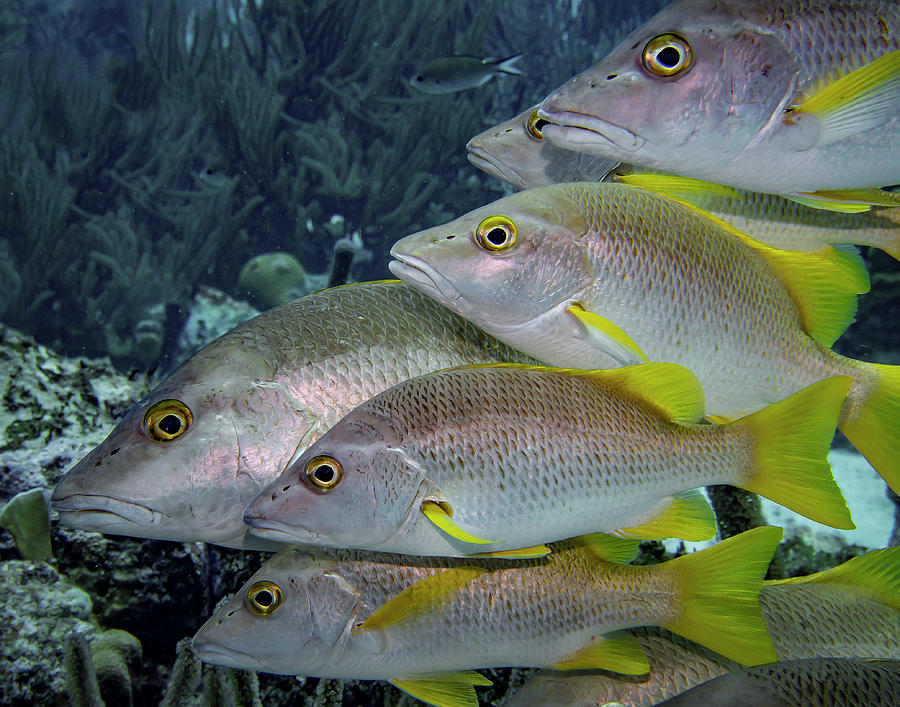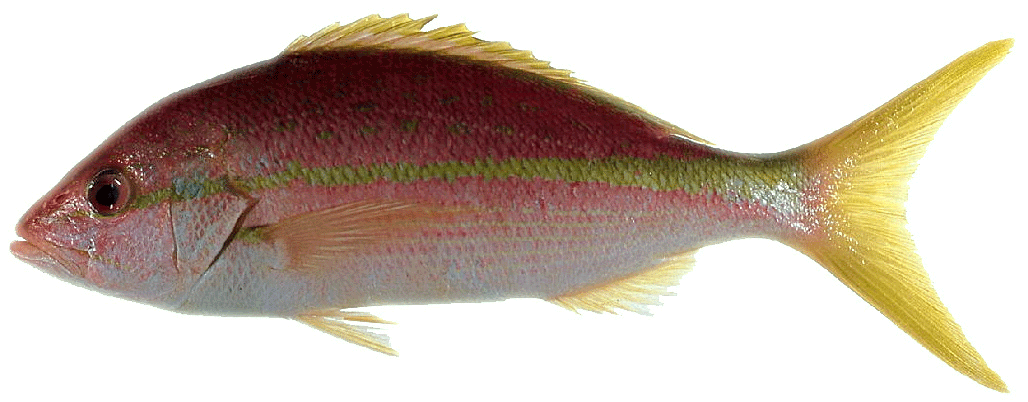
Over 30 different species are managed along with yellowtail snapper under this plan, notably red and vermillion snapper. The GMFMC has been managing yellowtail snapper since 1983 as part of its Reef Fish Fishery Management Plan. As of 2007 marine protected areas (MPAs) have been established to help deep-water species rebuild from overfishing and to protect important habitat.
Annual catch limits (for both the commercial and recreational fisheries) and trip limits and,Īmongst the gear restrictions includes a ban on bottom longline gear in depths of less than 300 feet that has been in place since 1991. Minimum size limits (12 inches for yellowtail snapper). The FMP covers over 70 different species and has been amended numerous times to account for changes in the fishery. The SAFMC began managing yellowtail snapper in 1984 with the Snapper Grouper Fishery Management Plan (FMP). NOAA Fisheries, the South Atlantic Fishery Management Council (SAFMC), and the Gulf of Mexico Fisheries Management Council (GMFMC) manage the yellowtail snapper fisheries in the United States. Predators of yellowtail snapper include sharks and other larger predatory fish such as barracuda, mackerel, grouper, and even other snapper species. Juvenile yellowtail snappers feed on plankton. They eat invertebrates such as crabs, shrimp, cephalopods and worms. They eventually settle out of the planktonic phase onto substrate that offers them some protection from predators.Īs adults, yellowtail snappers mainly feed at night. Eggs are released into the water column and once fertilized, hatch within 24 hours. During spawning, this species forms offshore aggregations. 
Peaks in spawning occur at different times, depending on the area of the population. Spawning occurs year-round, but has a noted decline in winter months. The species is fast-growing and females usually reach sexual maturity around three years of age, when they measure about 10 inches in length. The lifespan of the species if between six and 14 years. The maximum length for yellowtail snappers is 34 inches and they can weigh up to five pounds. Their other fins are a yellow color as well.

This line widens towards their caudal fin (tail) and their deeply forked tail is entirely yellow.

The species is named after a yellow lateral line that runs along their body. On their stomach, they have narrow pink and yellow stripes. Yellowtail snappers have oval-shaped bodies that range from an olive to bluish color with yellow spots on their back.







 0 kommentar(er)
0 kommentar(er)
